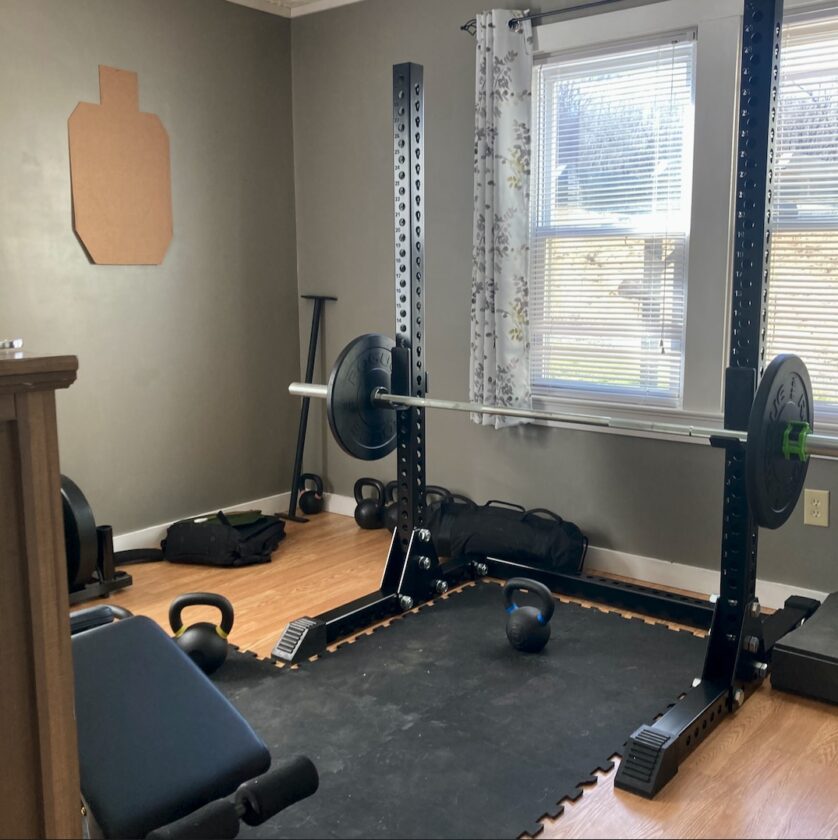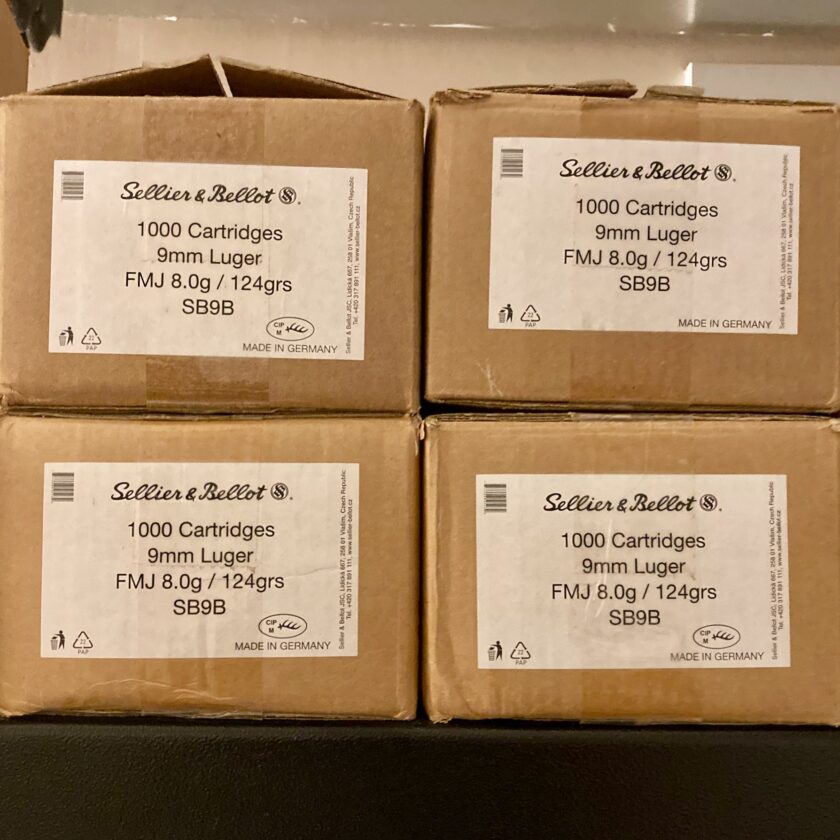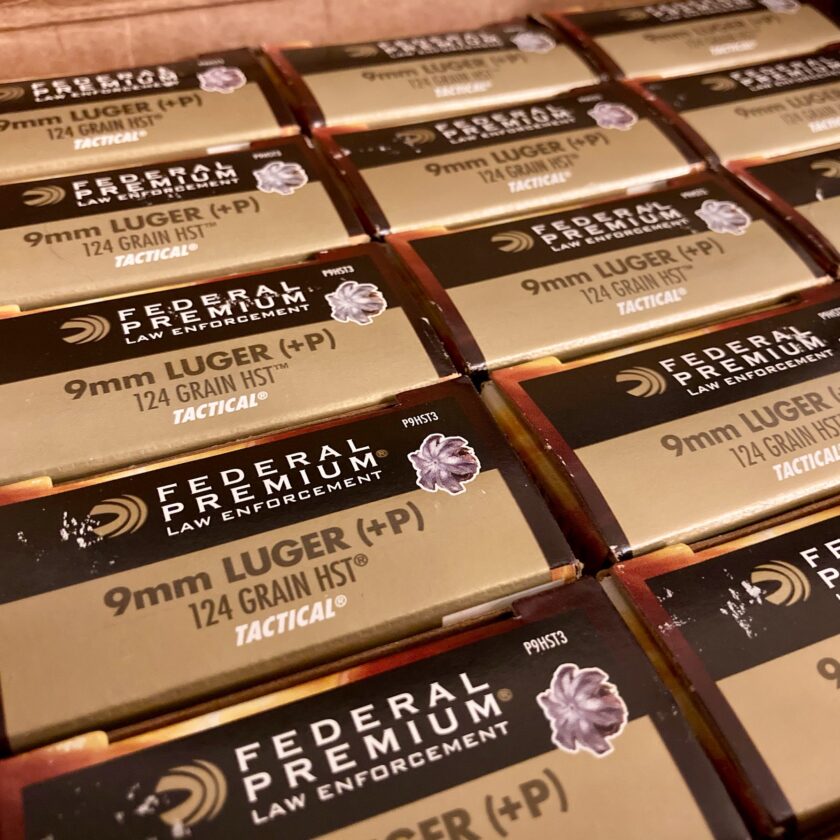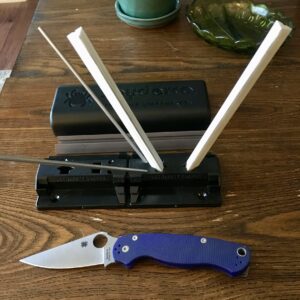One of my favorite phrases ever is “stay ready so you don’t have to get ready!” I find it is applicable to a lot of things in life. At the beginning of a new year – and an election year that promises to be more polarized than ever – I want to offer you some encouragement, and encourage myself, to stay ready.
This article contains affiliate links. Please consider supporting Swift|Silent|Deadly using our Amazon affiliate link!
Stay Ready so You Don’t Have to Get Ready
Last election year I wrote my “Down and Dirty Preparedness Primer.” This time around I’m going to try to get a start on it a little earlier. Here are some tangible ways you can get and stay ready for future uncertainty. I hear phases like this a lot, but rarely are they accompanied by concrete advice. This article will give you five concrete ways to “get ready.” Some of these are universal and apply to all aspects of life. Some are more applicable to coming instability and uncertainty as we enter yet another broken election cycle.
Stay Ready Method #1: Physical Fitness
Passing a physical fitness test is a requirement to be on our Special Operations team at work. Every year, a month or so before the test, I hear a lot of talk about “getting ready.” People step up their exercise to make sure they can pass the test. To me (I have had the fastest time since I’ve been a member of the team, including people who are literally half my age) this is a backwards way of looking at it.
The test is only to demonstrate that you are capable of doing a demanding job. You should stay ready all year so that if you are needed – in a wilderness carry-out, for instance – you are physically capable of performing. The goal is not to pass the test. The goal is to be ready to do the job at all times. The test merely serves as on-demand confirmation of that.

You don’t need an upcoming physical fitness test coming up to stay ready. Life is the test and you should be prepared for whatever it throws at you. When an emergency occurs you won’t have time to “get ready.” Additionally, being physically fit will help you in in literally every aspect of life. It will make you better looking, improve your confidence, improve your sex life, help you get better sleep, lower your resting heart rate and blood pressure, reduce body fat increase testosterone… The list goes on and on.
If you aren’t physically fit, get that way. Then stay that way.
Stay Ready Method #2: Preparedness
We all remember April, May, June of 2020. Grocery stores shelves were bare. My sister, a few friends, and I were exchanging tips about which stores had milk, or meat, or… It could very well happen again. If you read prepper literature like Lights Out by Ted Koppel you know that our “just in time inventory” system is actually quite fragile. The time to stock up on anything is not when that item is scarce.
The time to stock up is when inventory is high and prices are low. NOW is the time to start your preparedness journey. If you have no idea where to start, check out my Down and Dirty Preparedness Primer. This article takes a “little bit of everything” approach. If you follow it and put, say, $100 a month into preparedness you will be well prepared come November. For an easily digestible (and more detailed) second opinion, check out Paul T. Martin’s Ready Citizen Manual (free download).
Stay Ready Method #3: Ammunition
This one drives me a little crazy. Predictably, ammunition will become insanely expensive in November. Yet people won’t make purchasing ammo a priority until prices are completely unreasonable. I have written articles on multiple blogs and websites about building an ammo stockpile. It is something that I believe is very important, and it is a personal priority for me. This isn’t just for “the boog” or whatever fantasy you are entertaining. It is mostly to smooth my personal expense during price fluctuations and ensure I am able to keep practicing and training.

You don’t have to have 10,000 rounds for every caliber you own. You should, however, have some ammo for every firearm that you own so that it can be more than an expensive paperweight should ammo become unobtainium. For handguns that you rely on for self defense, I believe you should own an absolute bare minimum 1,000 rounds of practice ammo and 100 rounds of defensive ammo. For defensive rifles and shotguns, you should have at least 500 rounds of practice ammo and 100 rounds of defensive ammo (if the two are different). Along with a set of snap caps to aid dry practice (links to 9mm, 5.56, and 12 gauge), this will let you maintain your skill for a long period of time.

As I have written here before, there are a couple ways to do this. You can order ammo a case at a time, for a big, upfront expense (I challenge you to find a cheaper source than SGAmmo.com). Or you can lay in a box or two every month. With 10 months until election day, 100 rounds a month would add up to 1,000 rounds. Don’t find yourself paying $800 for a case of 9mm in November when you can buy it for $250 now.
Stay Ready Method #4: Knife Sharpening
This is one of those little ones that will make a big difference to you almost every day. A dull knife is a dangerous knife – we’ve all heard that. But a dull knife is also a wasted resource. A knife should be sharp, its edge holding maximum cutting potential. A knife should cut without requiring a great deal of force. To keep it sharp, sharpen your knife once (or keep the factory edge it came with), and simply touch it up periodically, never letting it get dull.

I purchased my current EDC knife, a Spyderco Para Military 2, back in October of 2019. Over four years later, it still has a razor edge despite my using it regularly. This is because I have never let it get dull. Once a week (or sometimes every couple weeks if I’m traveling) I pull out the Spyderco Sharpmaker and touch it up.
Stay Ready Method #5: Build Some Savings
One of my good friends was recently laid off, along with several others at his job. Fortunately, he had built a lifestyle in which he and his wife have no debt, and some savings. Being without a job just before the holidays is stressful. It would have been a lot more stressful if, like most Americans, he had tons of debt and no savings.
I could give you countless other examples of job loss. A new sheriff was elected last year; cops with over 25 years on the job were instantly out of work. This year the mill in our town, that had been running for 115 years closed. Along with it, 1,000 jobs were gone. Your job is not immune to cutbacks, layoffs, or going out of business.
One way or another, start building some savings. It will help you feel more confident and secure, give you a cushion if you lose your job, and give you the ability to take advantage of opportunities. Having savings is an incredibly good feeling. There are many ways to do this. Pull out $20 or $50 or $100 in cash each pay day and set it aside. Make a direct deposit into your savings account. When you get paid, move everything above the nearest $100 into savings; even this will add up over time.
Whatever you do, so something. Build up $1,000 cash as quickly as you possibly can. Then strive to build up $10,000 in the bank. Work to pay off debt. Get yourself into a strong financial position, and then work your ass off to stay that way.
Conclusion
This won’t be a very popular article, but I hope it helps you. I hope it helps someone – anyone – see the need to get fit, get prepared, lay in some ammo now, keep a good edge on your knife, and build some savings. If you know someone who this could help, please share it with them.





